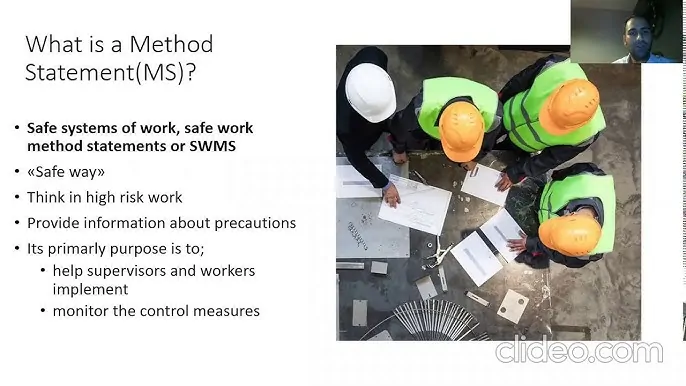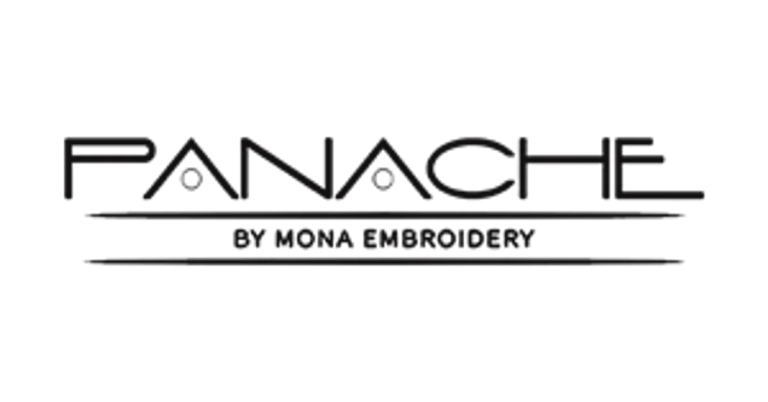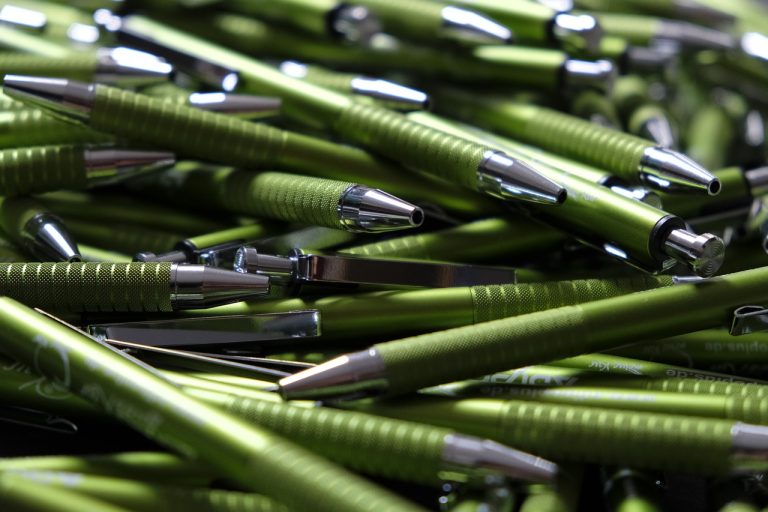How Does a Precision Cleaning System Work?
Precision cleaning systems are designed to remove contaminants with great accuracy from parts and components, making sure they meet the strict standards of cleanliness required by various high-tech industries, such as aerospace and semiconductor. These systems are vital for ensuring reliability, functionality and longevity of components that operate in critical conditions. This article will examine the mechanics of precision cleaning systems. It will include the technologies, cleaning processes, and types of contaminants that they target.
Understanding Precision Cleaning Technologies
Precision cleaning systems use a variety technology to achieve a desired level of cleanliness. Some of the common ones include:
- Ultrasonic Cleaning: This method creates cavitation bubbles using high-frequency soundwaves. These bubbles collapsing near the surface of parts creates a high-pressure shockwave which removes contaminants from the surface.
- Solvent Cleaning – Uses chemical solvents to dissolve certain types of contaminants. The parts can be immersed in a solvent, or the solvent can be applied directly to surfaces that need cleaning. This method is especially effective at removing organic materials such as oils, greases and other organic substances.
- Aqueous Cleaning: Combines water-based solution with detergents, surfactants or other cleaning agents in order to remove contaminants. Heating, agitation or spraying may be used to improve cleaning.
- Vapor Degreasing – A process in which solvent vapours are condensed on the surface of parts that are being cleaned. As the part heats up, the liquid solvent evaporates and leaves a clean surface.
- CO2 Cleaning: Uses liquid CO2 or CO2 Snow in combination with a transport gas to blast clean surfaces. The CO2 sublimates on contact, lifting and removing contaminants without leaving any residue.
Precision Cleaning Process
Precision cleaning is usually done in several stages. These include pre-cleaning and main cleaning as well as rinsing and drying. Each stage is tailored to the individual requirements of parts and contaminants.
- Pre-Cleaning This stage involves removing large debris or particles manually, or using simple cleaning methods.
- Main Cleaning: Parts are cleaned using the technology mentioned above. The method chosen depends on factors such as the type and amount of contamination, the material of the component and the desired cleanliness level.
- Rinsing After the main cleaning parts are rinsed using deionized or other solvents to remove any cleaning agents that remain and loosen contaminants. For precision cleaning, rinsing is essential to achieve the high purity required.
- Drying: Lastly, parts are thoroughly dried to prevent water spots or corrosion. The drying methods can vary, but include air drying or oven drying.
Targeted Contaminants
Precision cleaning systems can remove many contaminants including, but not limited to
- Oils, greases
- Particulates (dust)
- Flux residues are a result of soldering processes
- Biological contaminants
- Oxidation, tarnish and corrosion
The type of contaminants and the materials of the components to be cleaned will determine the best cleaning system.
Conclusion
Precision cleaning systems are highly sophisticated solutions designed to meet the high standards of cleanliness in today’s hi-tech industries. These systems combine advanced technologies and a multi-stage process to effectively remove contaminants from critical components. Precision cleaning systems are becoming increasingly important as industries demand greater cleanliness and reliability.







